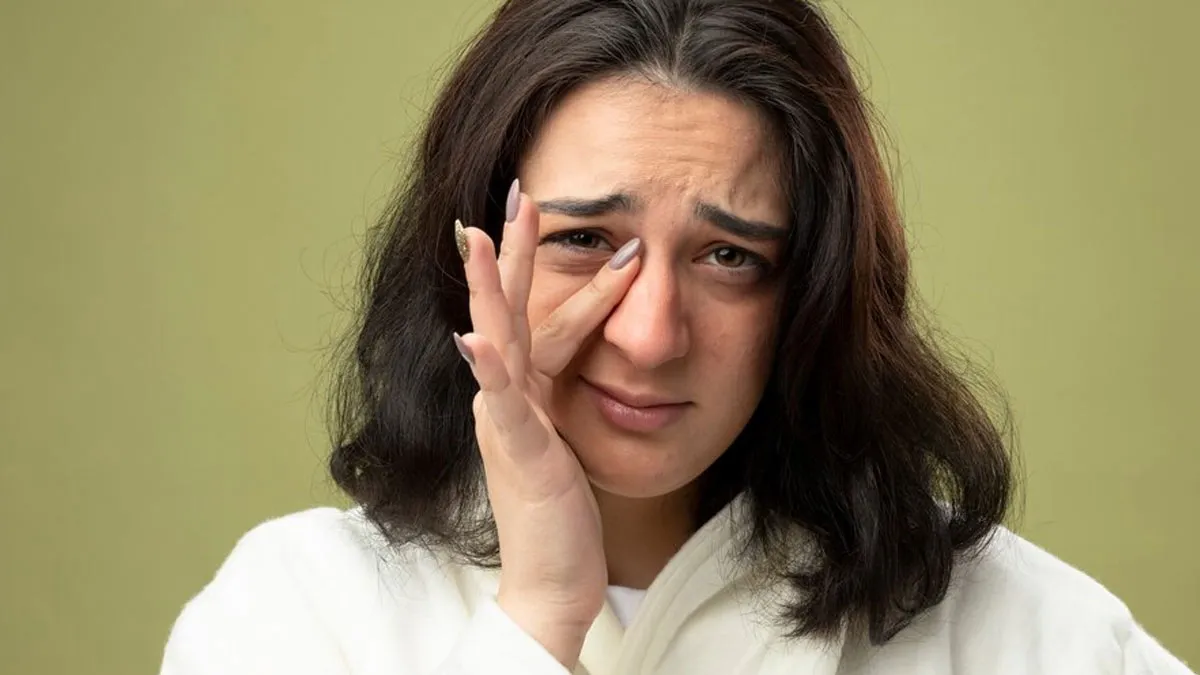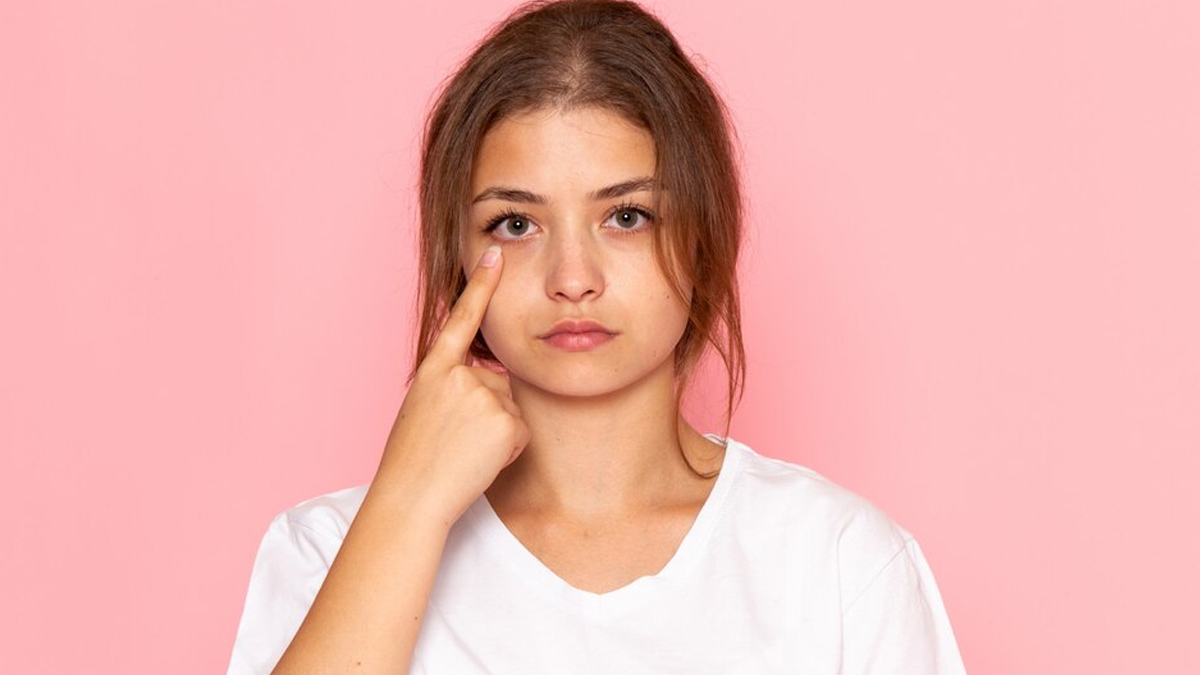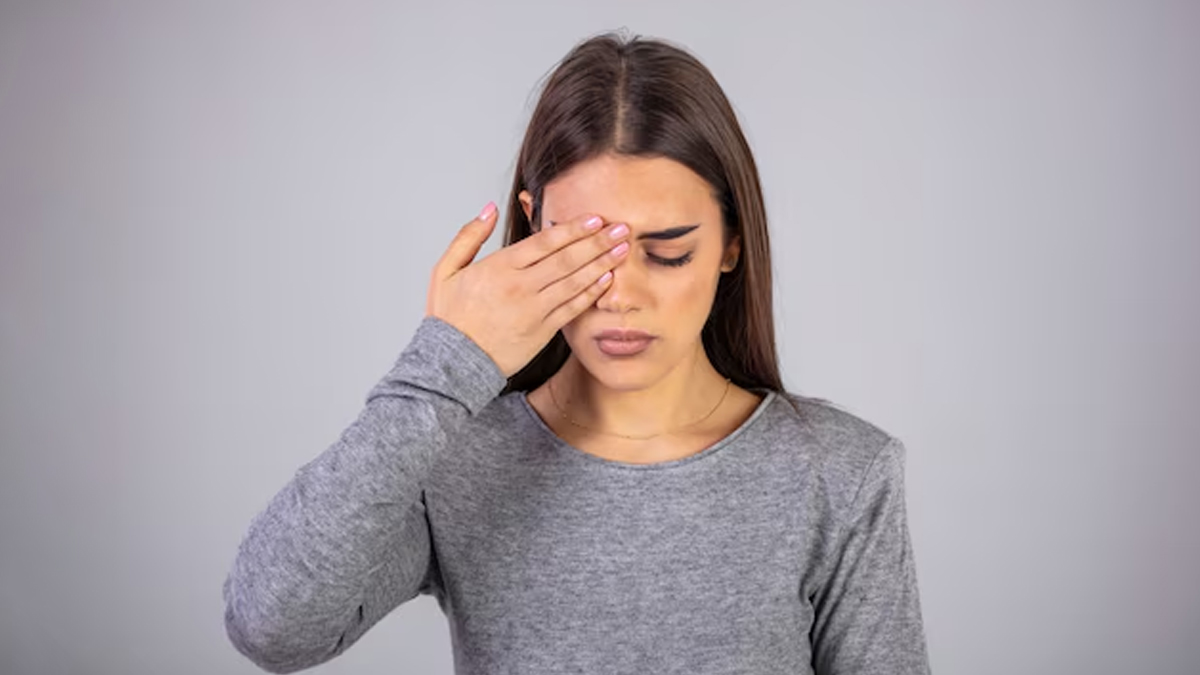
If you wake up with a small, red, swollen bump on your eyelid, would you ignore it, squeeze it, or try to figure out the cause? If your curiosity takes over, this article provides all the answers you need. While a red bump on the eyelid may seem unusual, it’s actually quite common. The key to treatment lies in identifying the underlying cause, as several factors could be responsible.
Table of Content:-
Common Types Of Eyelid Bumps And Their Causes

In an interaction with the OnlyMyHealth team, Dr Shruthi Gunda, Consultant Oculoplasty Surgeon, Sarath Maxivision Eye Hospitals, Warangal, shares some of the most common types of eyelid bumps, which include:
Stye or Hordeolum: A red, swollen, and painful bump near the base of an eyelash, usually caused by a bacterial infection. According to the American Academy of Ophthalmology (AAO), when you first get a stye, your eyelid can be red and tender to the touch. Additionally, your eye may also feel sore and scratchy.
Also Read: How To Protect Yourself From Stye During Monsoon?
Chalazion: Chalazion is one of the most common causes of eyelid bumps that develops due to a blockage in the oil glands. It is a firm, painless bump that forms farther from the lash line. Unlike a stye, it doesn’t hurt but may grow large enough to affect vision. Research suggests chalazia can occur more commonly in adulthood, particularly in people aged 30-50.
Xanthelasma: This condition leads to soft, yellow patches on the eyelids that often appear due to high cholesterol. These bumps don’t hurt or itch but may be a sign of a cholesterol problem.
Milia: Milia are tiny, white, painless bumps that form when dead skin cells get trapped under the skin. They often appear in clusters and are common in babies, though adults can get them too.
Papilloma: Characterised by a small, skin-coloured or pink growth, papilloma forms when extra skin cells build up, sometimes due to a virus. These bumps are harmless but may be removed if they become annoying or affect vision.
Can Eyelid Bumps Be Cancerous?

According to Dr Gunda, cancerous eyelid bumps are rare, but if they occur, they may have the following signs:
- Persistent, non-healing bump that grows over time
- Bleeding or ulceration
- Irregular borders or changes in colour
- Loss of eyelashes near the bump
- Pain, itching, or spreading redness
If you have any of the above-mentioned signs, consulting an ophthalmologist or oculoplasty surgeon is the best approach.
Treatment Options

For minor bumps like styes or chalazia, home remedies can be effective. These include:
- Applying warm compresses for 10–15 minutes, 3–4 times daily
- Maintaining eyelid hygiene through gentle cleaning with baby shampoo or saline
- Avoid squeezing or popping the bump.
- Taking Over-The-Counter (OTC) lubricating eye drops
However, if the bump persists, worsens, or causes vision changes, medical treatment may be necessary.
Conclusion
Eyelid bumps can occur in anyone at any given point in time. While there is no way to predict it, there are ways you can reduce the risk. Some of the common strategies include maintaining eye hygiene, removing eye makeup before going to bed, avoiding rubbing the eyes, and managing underlying health conditions like high cholesterol and blepharitis, both of which can cause different types of bumps on the eyelid.
Also watch this video
How we keep this article up to date:
We work with experts and keep a close eye on the latest in health and wellness. Whenever there is a new research or helpful information, we update our articles with accurate and useful advice.
Current Version
